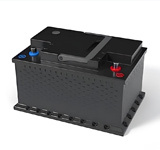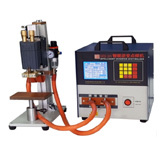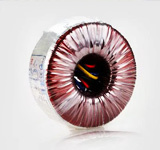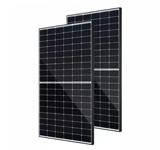is
Key words:
Sodium sulfate is a salt formed by the combination of sulfate ions and sodium ions, with the chemical formula Na2SO4. Sodium sulfate is soluble in water, and its solution is mostly neutral, soluble in glycerol but insoluble in ethanol. Inorganic compounds, high-purity, fine-grained anhydrous substances are called yuanming powder. Yuanming powder is a white, odorless, bitter crystalline or powder with hygroscopic properties. The appearance is colorless, transparent, large crystals or granular small crystals. Sodium sulfate easily absorbs water when exposed to air, forming sodium sulfate decahydrate, also known as mirabilite, which is slightly alkaline. Mainly used for manufacturing water glass, glass, enamel, pulp, refrigeration mixtures, detergents, desiccants, dye diluents, analytical chemical reagents, pharmaceuticals, feed, etc. At 241 ℃, sodium sulfate will transform into hexagonal crystals. Sodium sulfate is the most commonly used post-treatment desiccant in organic synthesis laboratories. Upstream raw materials include sulfuric acid, caustic soda, etc.
A hot stamping material that is directly rolled into thin sheets using metallic aluminum, and its hot stamping effect is similar to that of pure silver foil, so it is also called fake silver foil. Due to the soft texture and good ductility of aluminum, which has a silver white luster, if the rolled thin sheet is mounted on offset paper with substances such as sodium silicate to make aluminum foil, it can also be printed. However, aluminum foil itself is prone to oxidation and darkens in color, which can cause discoloration when rubbed or touched. Therefore, it is not suitable for hot stamping of book and magazine covers that have been stored for a long time.
Activated carbon is a specially treated type of carbon that heats organic raw materials (such as fruit shells, coal, wood, etc.) under isolated air conditions to reduce non carbon components (this process is called carbonization). It then reacts with the gas, erodes the surface, and produces a structure with well-developed micropores (this process is called activation).
How to choose a suitable for you?
Let us assist you!
Our experts will contact you as soon as possible to meet your needs.
Latest Products




















